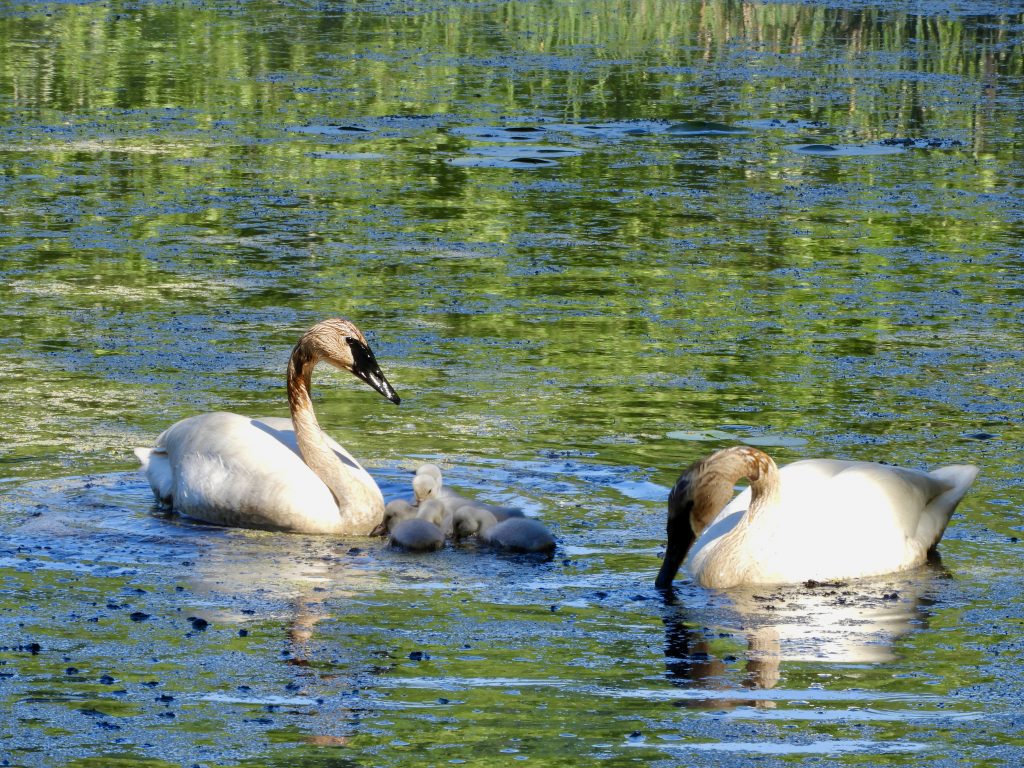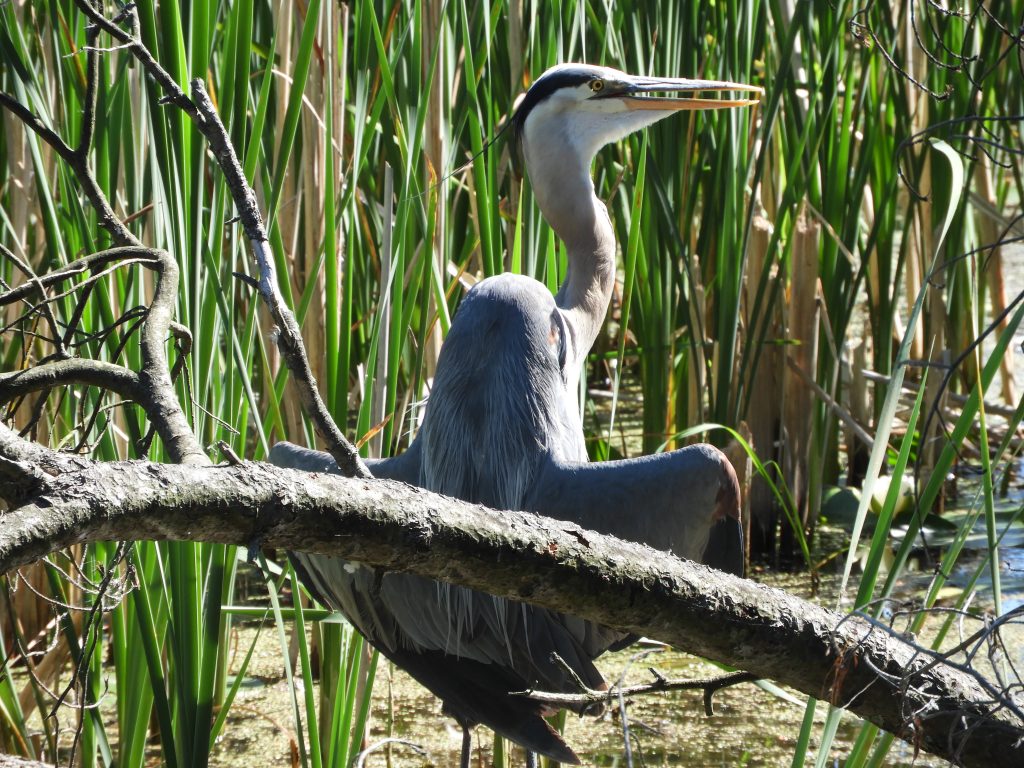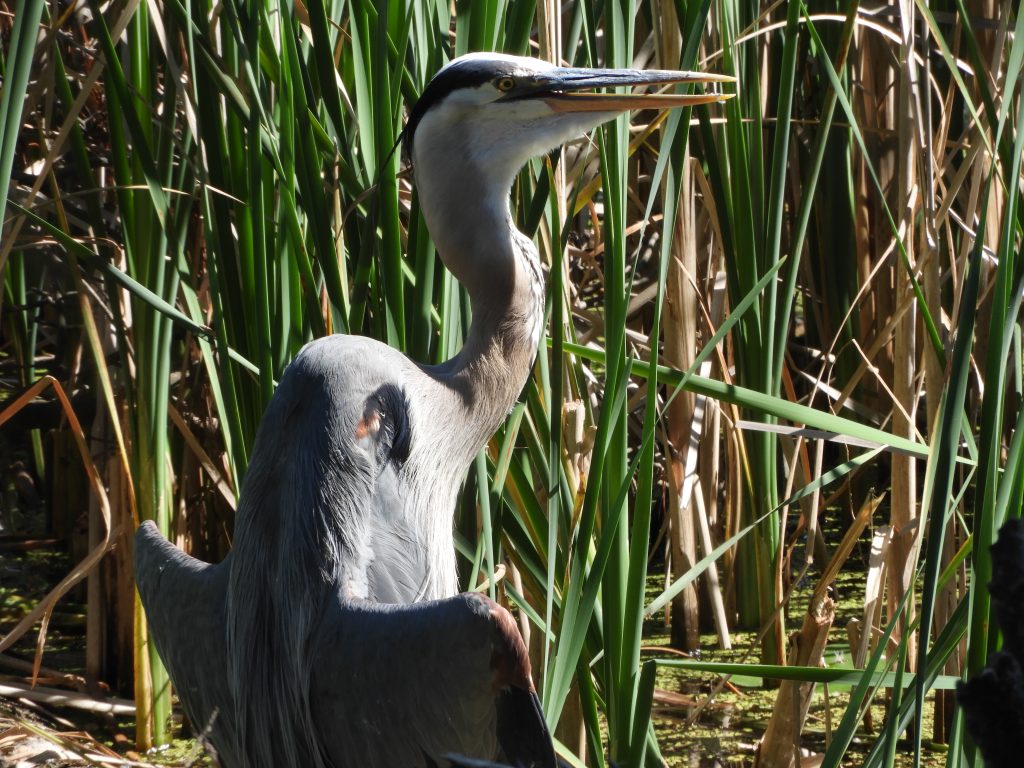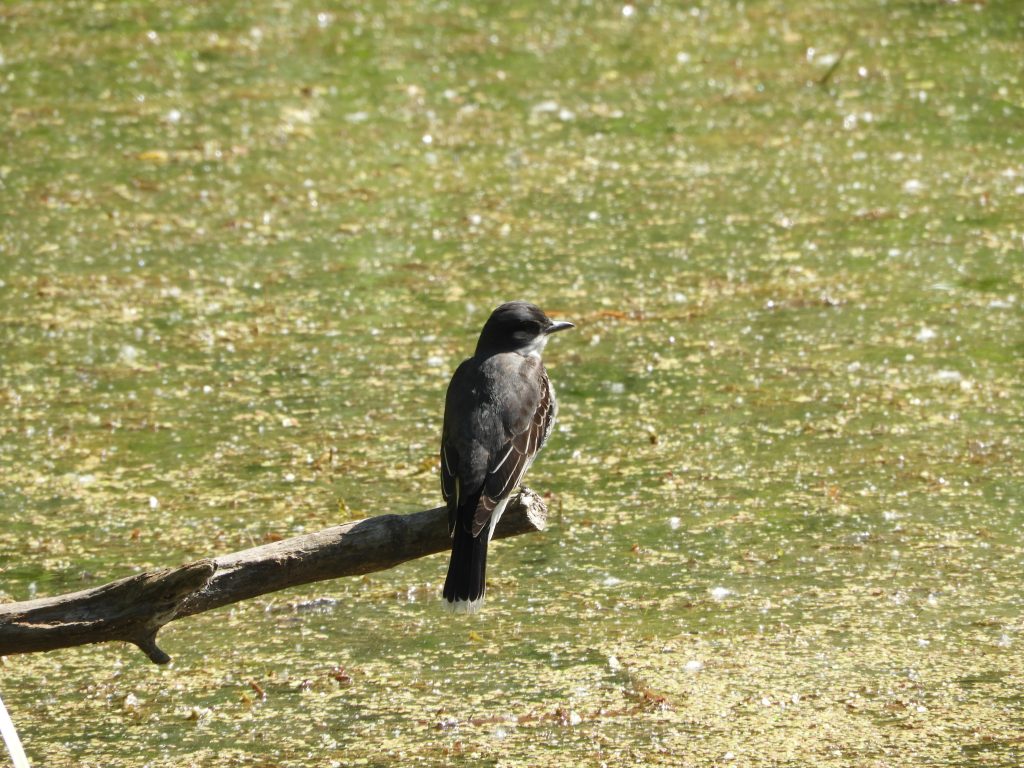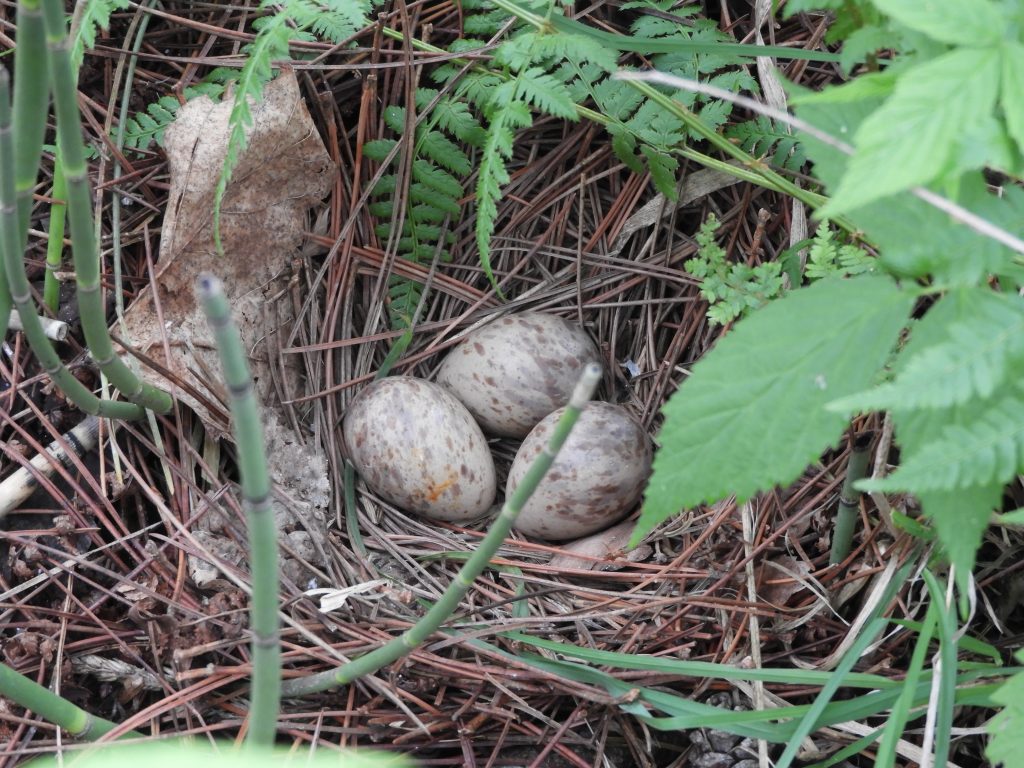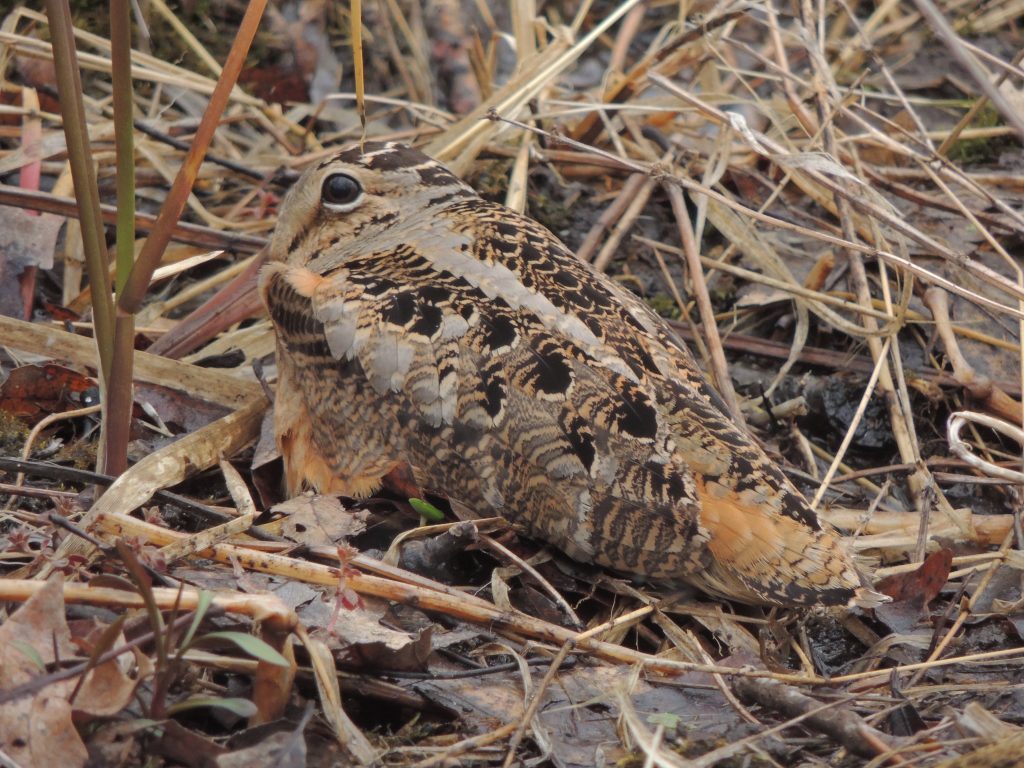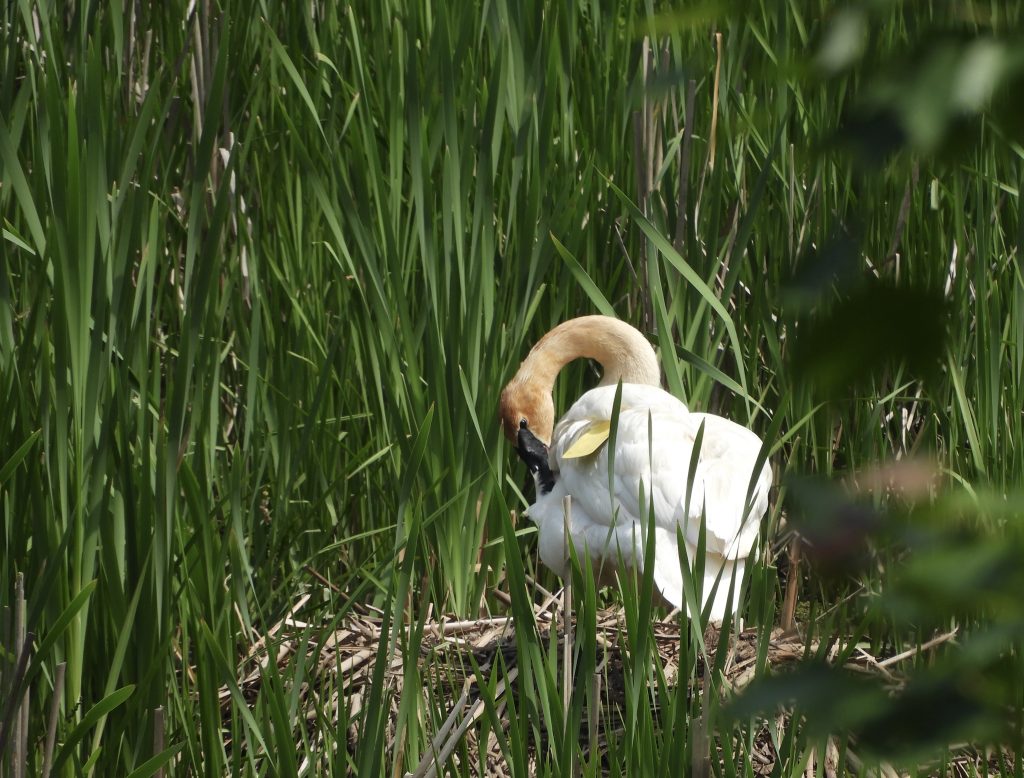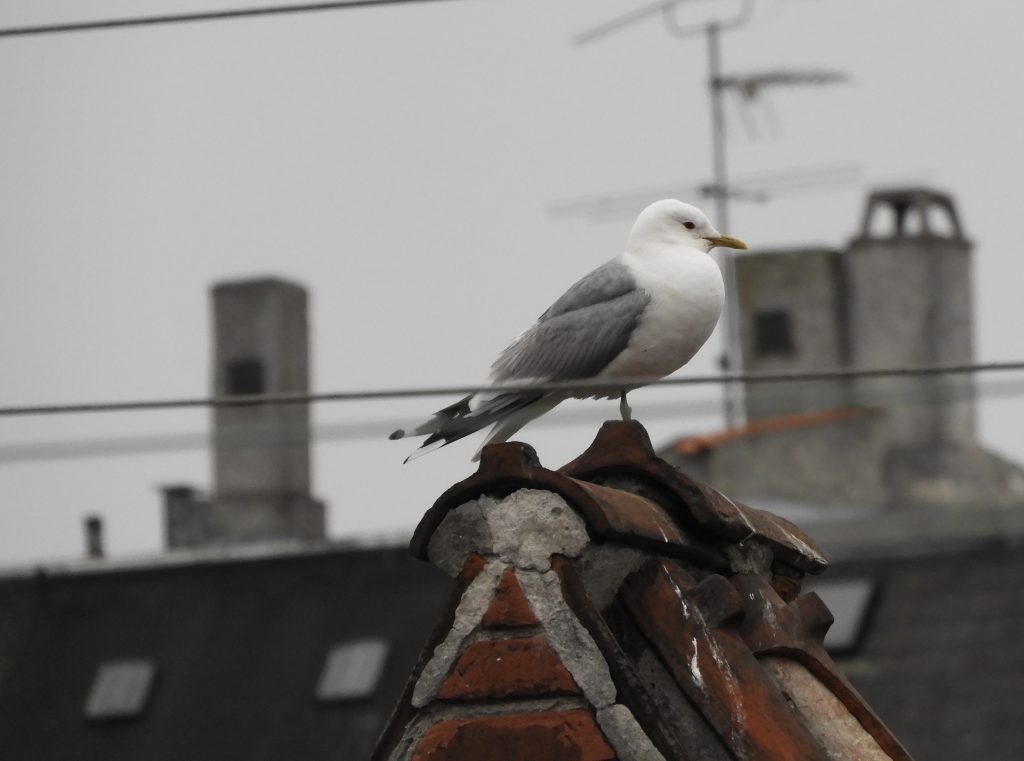
 July 2024. Copenhagen & other places. On our first evening in Copenhagen, I gazed across the road to watch a couple of urban gulls squabbling over nothing it seemed. Their calls were unfamiliar, certainly not Ring-billed Gulls (they’re an American species anyway) and didn’t quite sound like Herring or Black-headed Gulls, though both were plausible. What then? For a moment I weighed but quickly dismissed Baltic Gull and lighted correctly on Common Gulls (aka Mew Gull). Common is a good name for a bird with no distinguishing features, just a textbook gull, grey and white.
July 2024. Copenhagen & other places. On our first evening in Copenhagen, I gazed across the road to watch a couple of urban gulls squabbling over nothing it seemed. Their calls were unfamiliar, certainly not Ring-billed Gulls (they’re an American species anyway) and didn’t quite sound like Herring or Black-headed Gulls, though both were plausible. What then? For a moment I weighed but quickly dismissed Baltic Gull and lighted correctly on Common Gulls (aka Mew Gull). Common is a good name for a bird with no distinguishing features, just a textbook gull, grey and white.
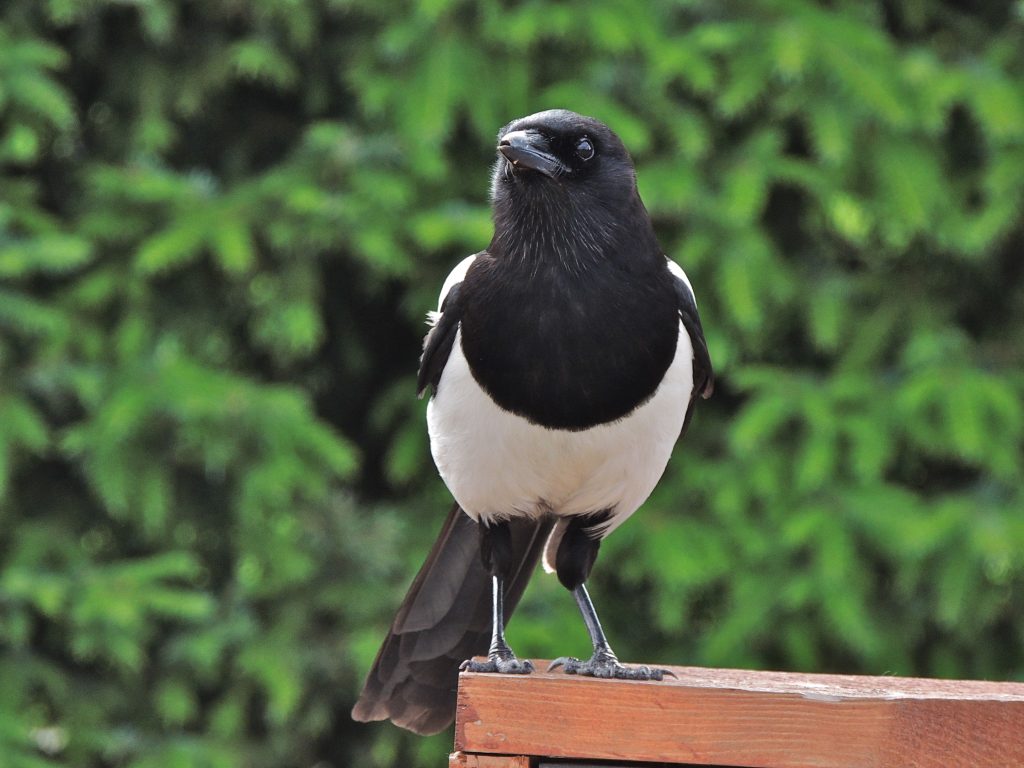
In an earlier note I said that Magpies rule Copenhagen. A figure of speech, but they are plentiful. Cornell Labs’ Birds of the World has plenty to say about Eurasian Magpies and appropriately notes, “In recent decades increasingly common in urban areas, especially in places with avenues of trees; can reach very high densities in parts of urbanized Europe.”
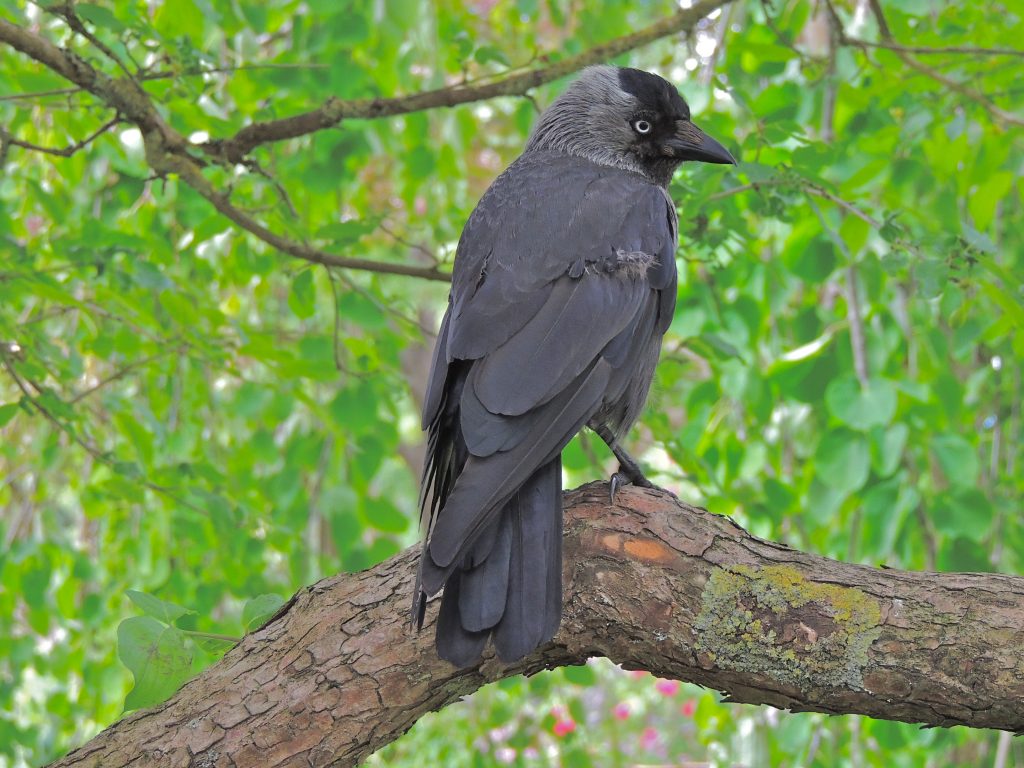
Jackdaws and Hooded Crows are crow-family cousins of Magpies, are urban -adapted successes and opportunists too; they seem slightly more inclined to need a bit of green or tree cover at hand. The two species are superficially similar though Hooded Crows are larger, more brutish and less engaging.
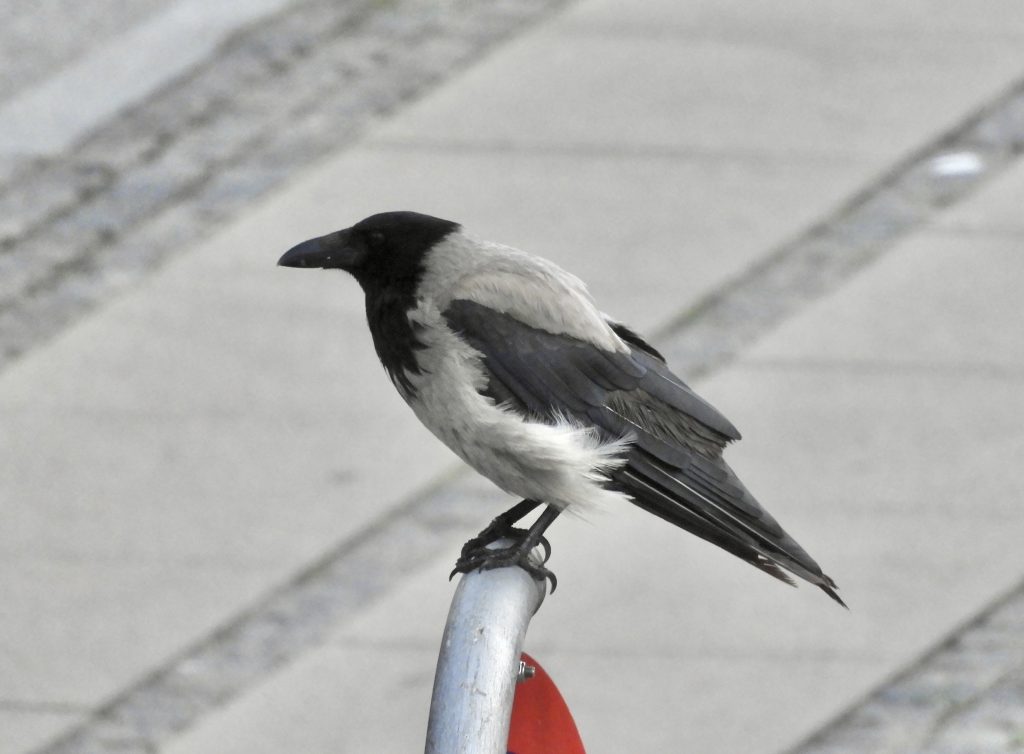
If the streets are the domain of Magpies, the skies of summer belong to Common Swifts. They are so perpetually airborne that they are far from intrusive; invisible unless you look up to where they swirl and dive in long loose tangles. Swifts make flying look easy. As daylight started to fade, I’d often see large, wheeling flocks high above the tallest buildings, presumably making a meal of flying insects. I think if you were high strung or abed with a fever, that scream might tip you over the edge. In a month or so those same birds will be on their way to sub-Saharan Africa to spend the winter.

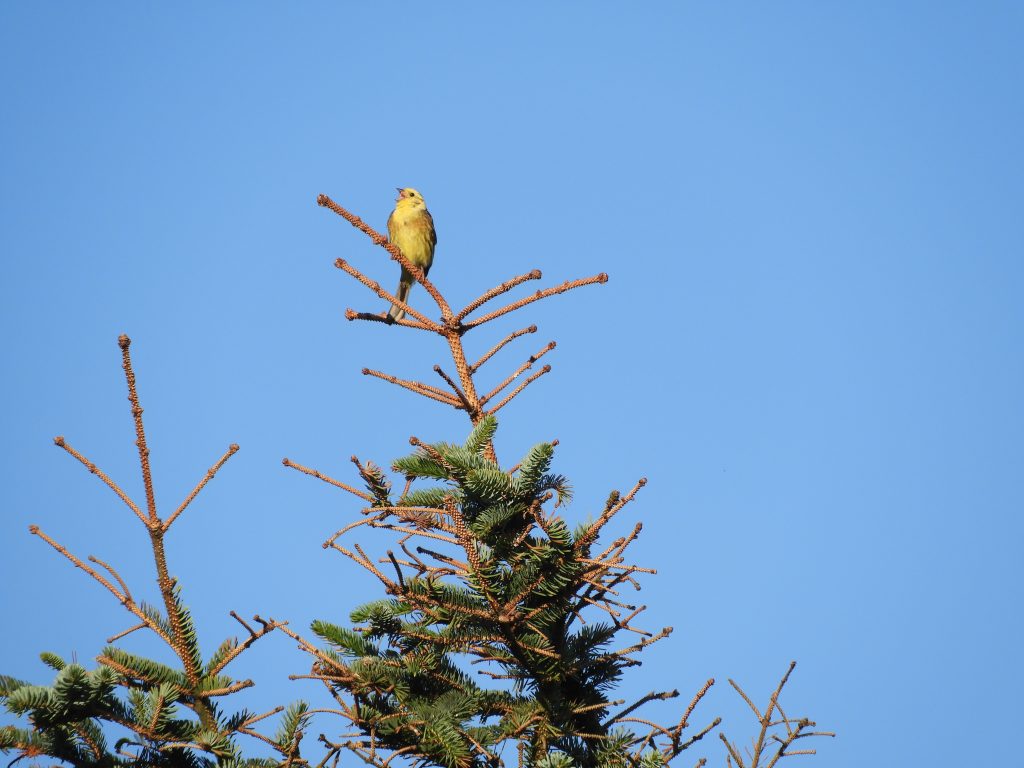
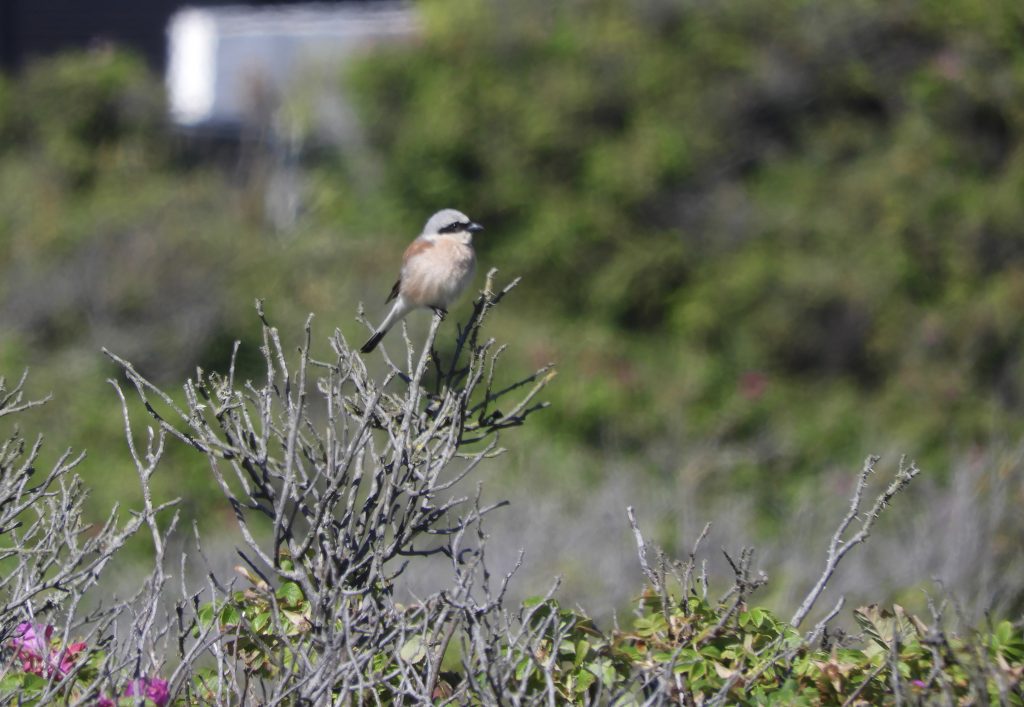
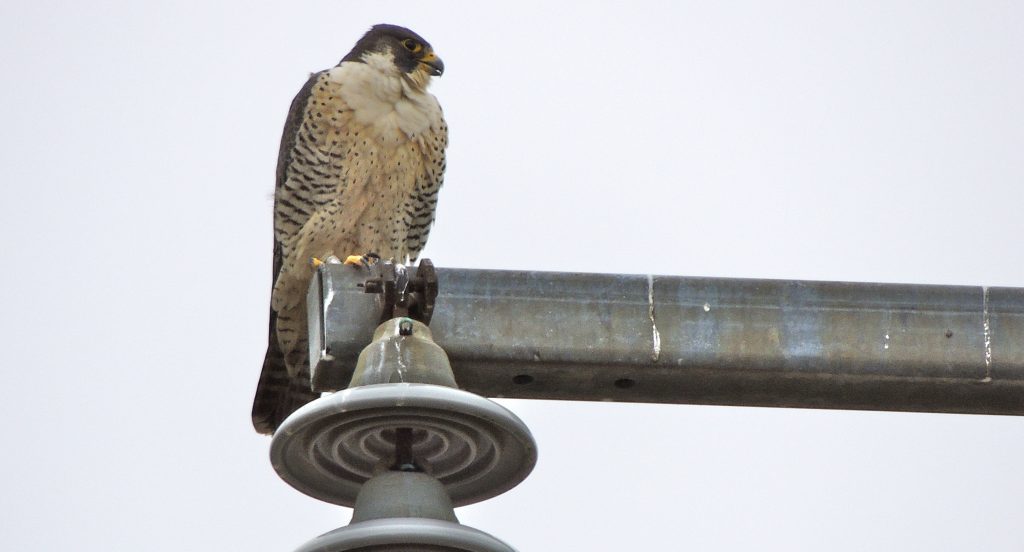 Hamilton. ON. June 27, 2024. This is just one of those totally unexpected and serendipitous urban sightings. My companion and I were on a catch-up lunch, two birders with lots to share and cross-check. We were both going easy on the alcohol and neither of us had ordered a particularly large lunch, but all was well we had a shady spot in a large and open patio alongside a busy street.
Hamilton. ON. June 27, 2024. This is just one of those totally unexpected and serendipitous urban sightings. My companion and I were on a catch-up lunch, two birders with lots to share and cross-check. We were both going easy on the alcohol and neither of us had ordered a particularly large lunch, but all was well we had a shady spot in a large and open patio alongside a busy street.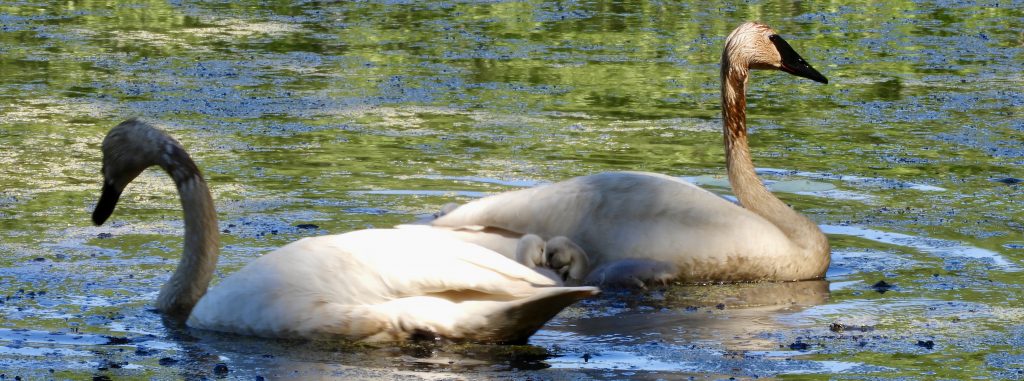 Hendrie Valley, Burlington. ON. June 14, 2024. June slips by and fine long days are easily filled. Sometimes too busy and time spent with birdlife has been scarce of late. I went to the valley this fine spring day with the simple goal of listening and watching for birds, it worked out well. With everything in full leaf listening usually reveals more birds than watching, the challenge is knowing just what it is that you hear.
Hendrie Valley, Burlington. ON. June 14, 2024. June slips by and fine long days are easily filled. Sometimes too busy and time spent with birdlife has been scarce of late. I went to the valley this fine spring day with the simple goal of listening and watching for birds, it worked out well. With everything in full leaf listening usually reveals more birds than watching, the challenge is knowing just what it is that you hear.